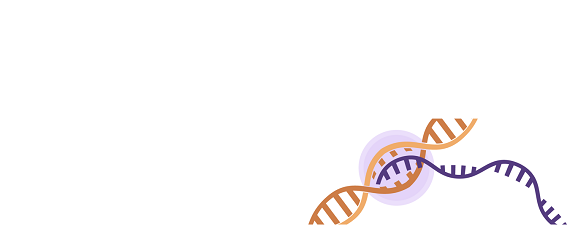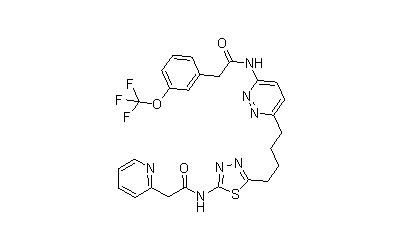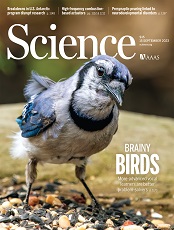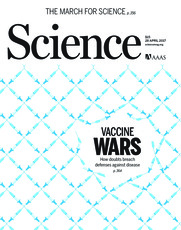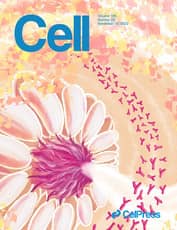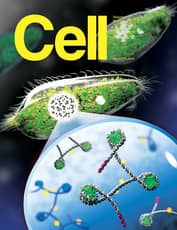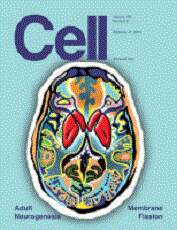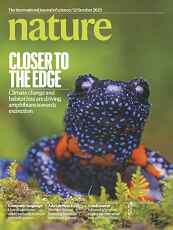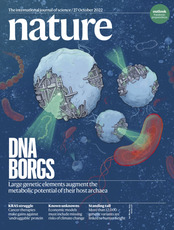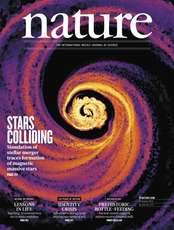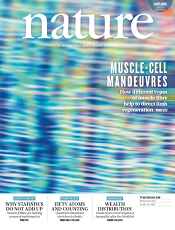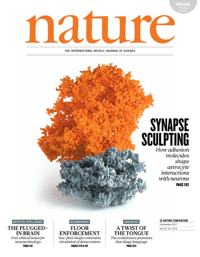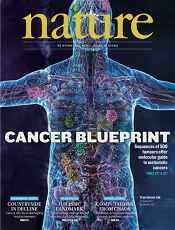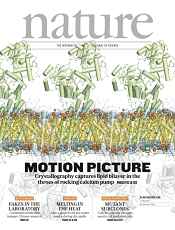| Discription | CB-839 an is orally bioavailable inhibitor of glutaminase, with potential antineoplastic activity. CB-839 (Telaglenastat) also inudces autophagy and has antitumor activity. |
|||||
|---|---|---|---|---|---|---|
| Targets |
|
|||||
| Cell Research |
|
|||||
| In Vitro | Telaglenastat (CB-839) exhibits potent, time-dependent, and slowly reversible inhibition of glutaminase activity in vitro. Biochemical assays using recombinant human glutaminase C (rHu-GAC) demonstrate that preincubation with CB-839 for 1 hour results in subnanomolar to low-nanomolar IC₅₀ values (<50 nM), which are at least 13-fold lower than those observed with the earlier-generation inhibitor BPTES [1]. These enzyme kinetics suggest a tight-binding, noncompetitive mode of inhibition that effectively blocks the conversion of glutamine to glutamate in glutaminolysis-dependent cancer cells. In cellular assays, CB-839 shows marked antiproliferative activity in glutamine-addicted tumor cell lines. For instance, in triple-negative breast cancer (TNBC) cell lines such as HCC-1806 and MDA-MB-231, CB-839 significantly reduces cell viability in a dose-dependent manner, with IC₅₀ values in the low micromolar range. In contrast, CB-839 has minimal effect on estrogen receptor–positive (ER⁺) breast cancer cell lines like T47D, which exhibit lower dependence on glutamine metabolism [1,2]. Metabolic flux analysis using [U-¹³C]-glutamine tracers further confirms that CB-839 treatment reduces incorporation of glutamine-derived carbon into downstream TCA cycle intermediates such as α-ketoglutarate, succinate, and malate [3]. This inhibition of glutaminolysis leads to reduced ATP production and increased oxidative stress, ultimately triggering growth arrest or apoptosis depending on the cellular context. Additionally, CB-839 has shown selective cytotoxicity in AML (acute myeloid leukemia) cell lines and primary AML blasts, but not in normal hematopoietic stem/progenitor cells (HSPCs), suggesting a favorable therapeutic window [4]. These in vitro findings support the rationale for targeting glutaminase in glutamine-addicted tumors. |
|||||
| References |
|
| 目录号 | A14396 |
|---|---|
| 分子式 | C26H24F3N7O3S |
| 分子量 | 571.57 |
| CAS号 | 1439399-58-2 |
| SMILES | O=C(CC1=CC=CC(OC(F)(F)F)=C1)NC2=CC=C(CCCCC3=NN=C(NC(CC4=NC=CC=C4)=O)S3)N=N2 |
| 其他名称 | CB839, CB 839 |
| 储存条件 | Store lyophilized at -20ºC, keep desiccated. |
| In vitro (25°C) | DMSO | Warmed: 97 mg/mL (169.7 mM) | |
| Water | Insoluble | ||
| Ethanol | Insoluble | ||
| In vivo | 5% DMSO+corn oil | 2 mg/mL | |
|
* <1 mg/ml means slightly soluble or insoluble. * Please note that Adooq tests the solubility of all compounds in-house, and the actual solubility may differ slightly from published values. This is normal and is due to slight batch-to-batch variations. |
|||
| Concentration / Solvent Volume / Mass | 1 mg | 5 mg | 10 mg |
|---|---|---|---|
| 0.1 mM | 17.5 mL | 87.48 mL | 174.96 mL |
| 0.5 mM | 3.5 mL | 17.5 mL | 34.99 mL |
| 1 mM | 1.75 mL | 8.75 mL | 17.5 mL |
| 5 mM | 0.35 mL | 1.75 mL | 3.5 mL |
Calculate the dilution required to prepare a stock solution. This equation is commonly abbreviated as: C1V1 = C2V2



